Nafplio hardly looks like it could have been capital of Greece, but it indeed was in the early 18th century. During the Greek War of Independence, it was a major Ottoman stronghold and was beseiged for more than a year, finally surrendering due to starvation. Due to its strategic location and strong fortifications it became the capital. Count Ioannis Kapodistrias, who became the first head of the independent state was assassinated in 1831 in a Nafplio church. This eventually led to the formation of the Kingdom of Greece by King Otto. Nafplio remained capital of the kingdom till 1834, when it was moved to Athens.
Today it is the capital of the Argolis region, a status that it wears comfortably. For us, it was an ideal place to serve as a hub to explore parts of the Peloponnesian peninsula, namely Mycenae and Epidavros. We did not get too far from the old town with its pretty waterfront, Plateia Syntagmatos (Constitution Square) and its quiet staircase streets on the narrow promontory overlooking the Aegean Sea. Looming large behind us were the Akronafplia fortress and the Palamidi fortress. The streets beneath the hill had names that were quite a mouthful - Vaselios Konstantinou, Staikopoulou and Kapodistriou. We gave up trying to orient ourselves through these names and simply walked downhill through whichever set of steps that caught our fancy at that particular hour. We had to fortify ourselves with extra helpings of dessert as we needed those extra calories to climb back up to our guest house after dinner. Due to the low season and general economic situation, tourism was sparse in the region and we had the entire upper floor of the guest house to ourselves (barring a cat), complete with bedroom, kitchen and outdoor patio (where the cat slept on one of the cushions) overlooking the above mentioned sea.
Considered one of the prettiest cities in all of Greece, Nafplio's old town has much to charm the visitor for all its lack of archaeological treasures. The streets by the waterfront have pleasant cafes and hotels and the mostly pedestrian streets have patterned surfaces, giving one the impression of being in a large mansion rather than in a city. However, the open sky above dispels the notion quickly, particularly if it is raining which it did a bit during our stay. There wasn't much else to do besides catching up on our blog and go downhill for food. And enjoy the marching band leading Greek Orthodox religious processions through the streets which were otherwise quite deserted.
Our guesthouse host was a major NFL fan but his hopes on seeing our passports were quickly dashed when we told him that we did not follow that sport. It did get cold at night and we had to persuade him to give us the remote to the heater in our room after the first cold night. He lived on the floor below us and did not turn the heating on. The only chatty person we met in Nafplio was the proprietor of the Italian Gelateria. We were surprised to learn that there was an university in Bologna, Italy specializing in the preparation of gelato and that he was a proud alumnus. He gave us good insight into the preparation of gelato (while we sampled his excellent fare) and how the quality of milk makes all the difference to the ice cream. Sure, it was cold outside, but this gelataria was a Nafplio institution and we had to partake.
We got a break from the usual Spinach and Cheese pies with Stuffed Tomatoes, Stuffed Aubergines, White Beans and Pasta for the various dinners we had at Nafplio but V took a liking to Olive Pies which we never saw anywhere else.
With winter having finally caught up with us in the Mediterranean, it was time for us to head elsewhere, preferably warmer and with affordable tickets to get to. Morocco was our choice but an indirect route via Spain was more economical than a direct flight. It has been a long overland haul from the Caspian Sea (Baku) to the Mediterranean Sea and it was time to take to the skies once again. So, with the abiding memory of the ubiquitous orange trees that dot every road and every house in the Peloponnese, we bid goodbye to Greece and headed further west (to Barcelona) before eventually heading south. It was a clear morning in Athens and we could view the entire Peloponnese from the air including the canal that separated it from the mainland.
Google Maps Link
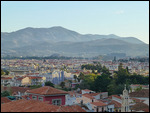



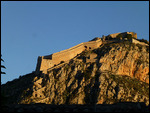
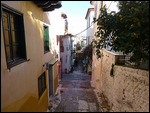
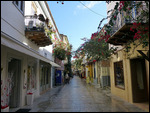
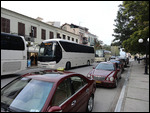
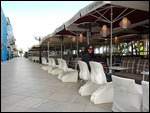
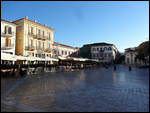

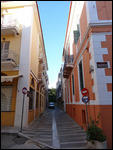
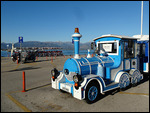
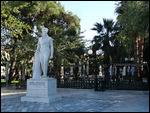
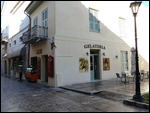

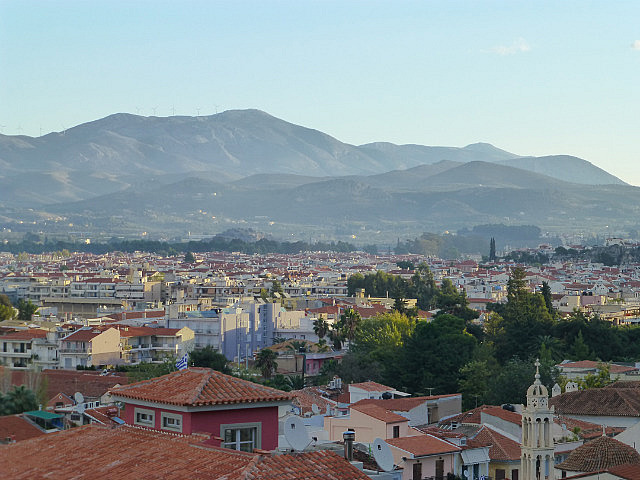
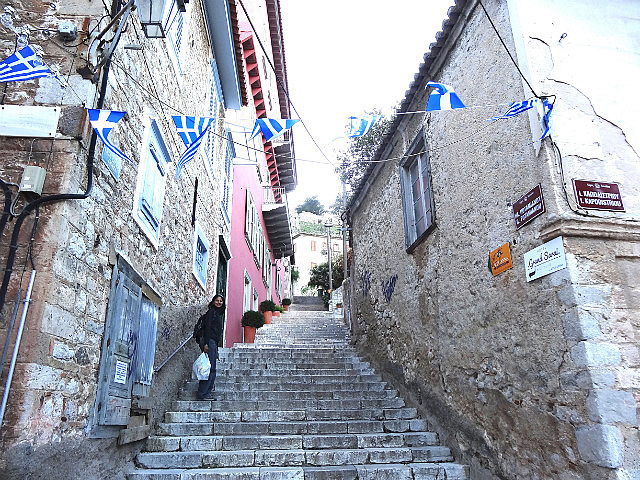
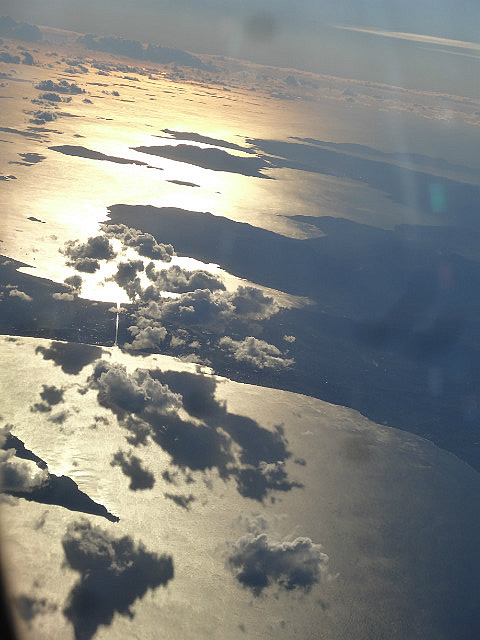
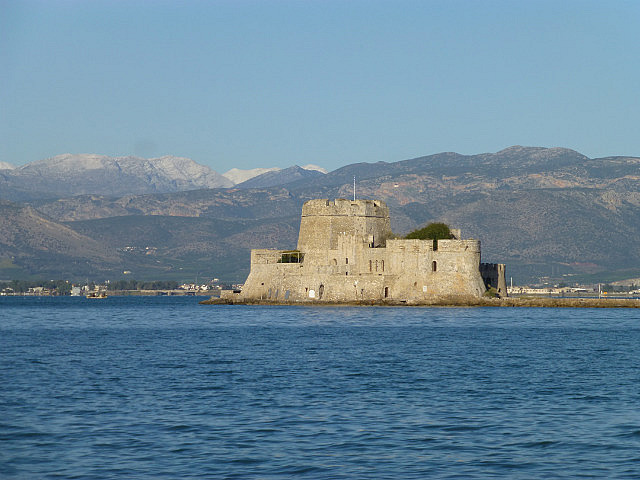

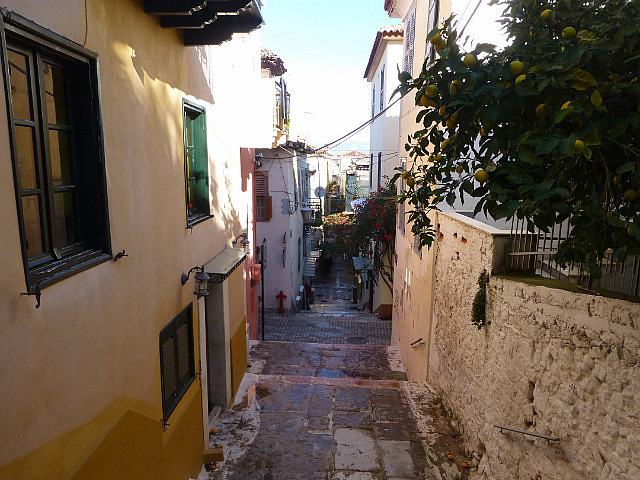
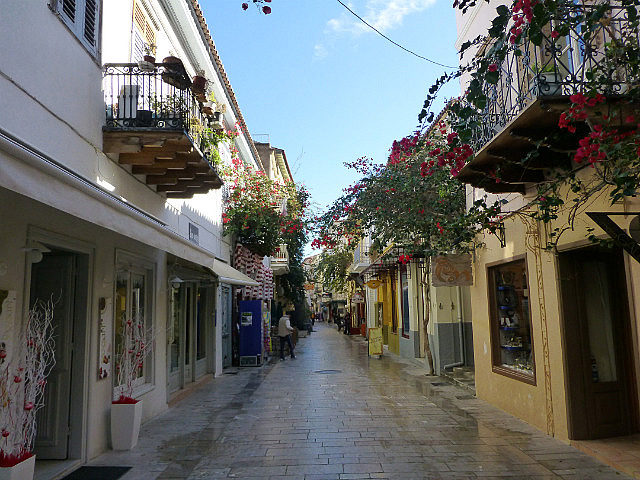
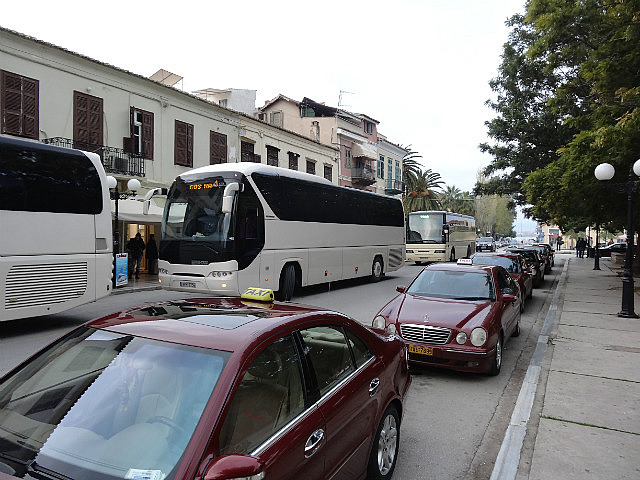

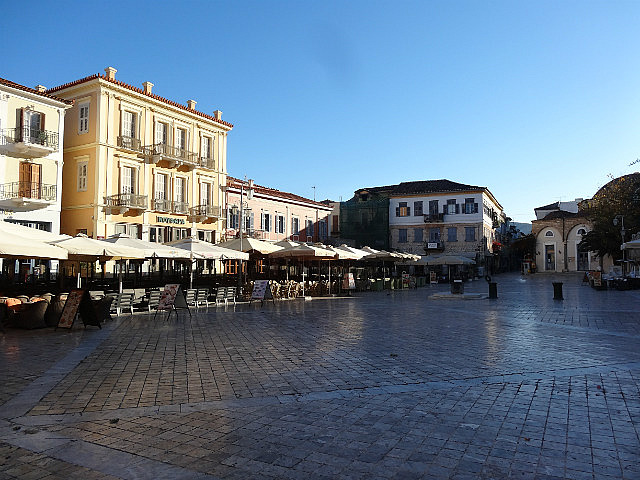
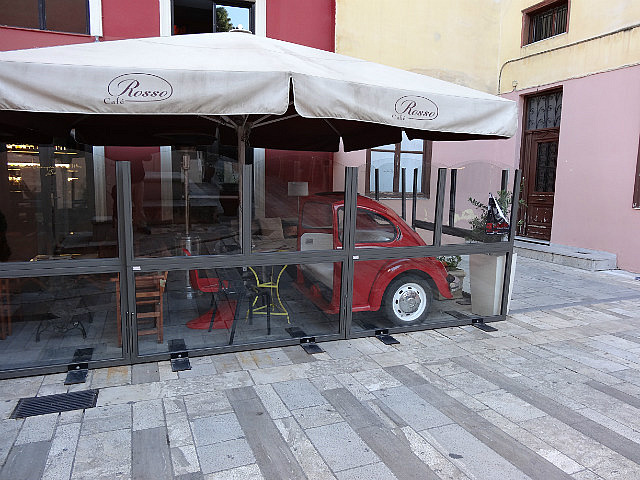

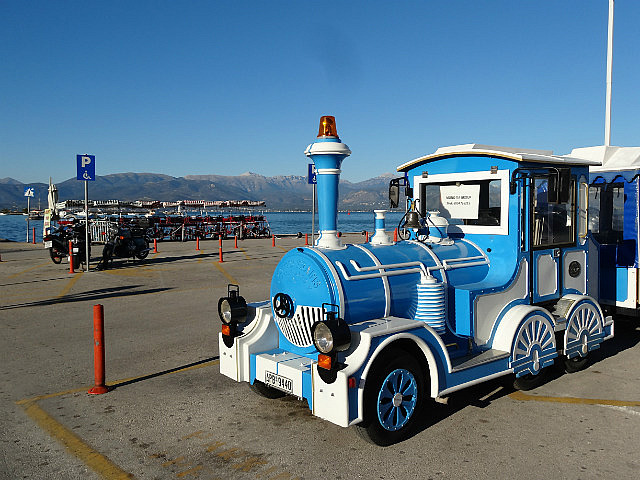
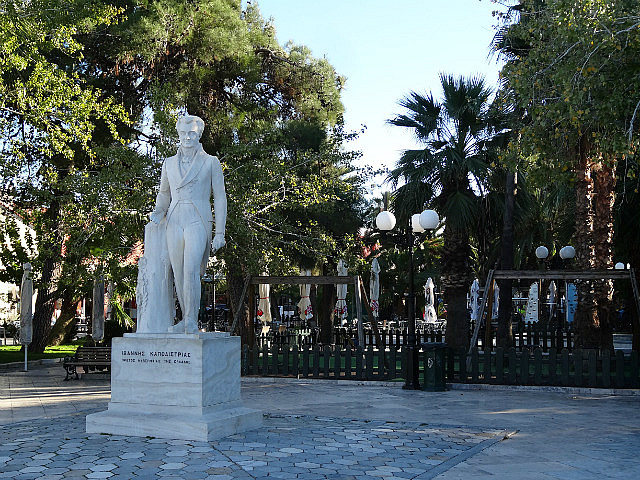
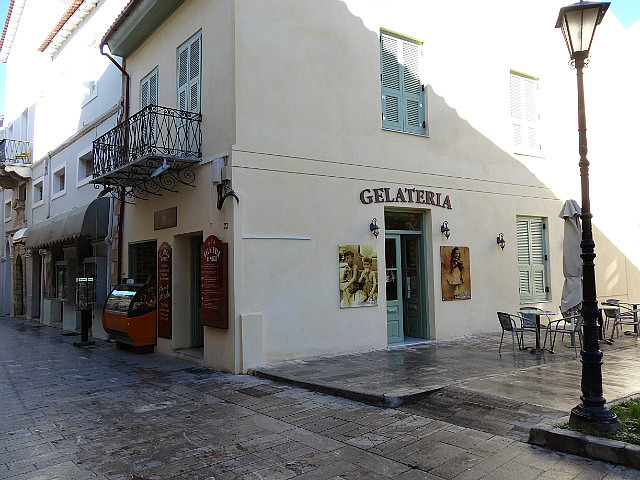
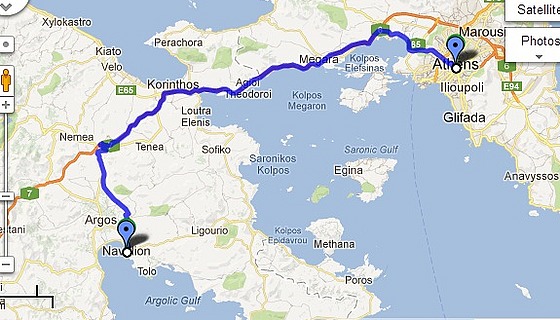
Comments